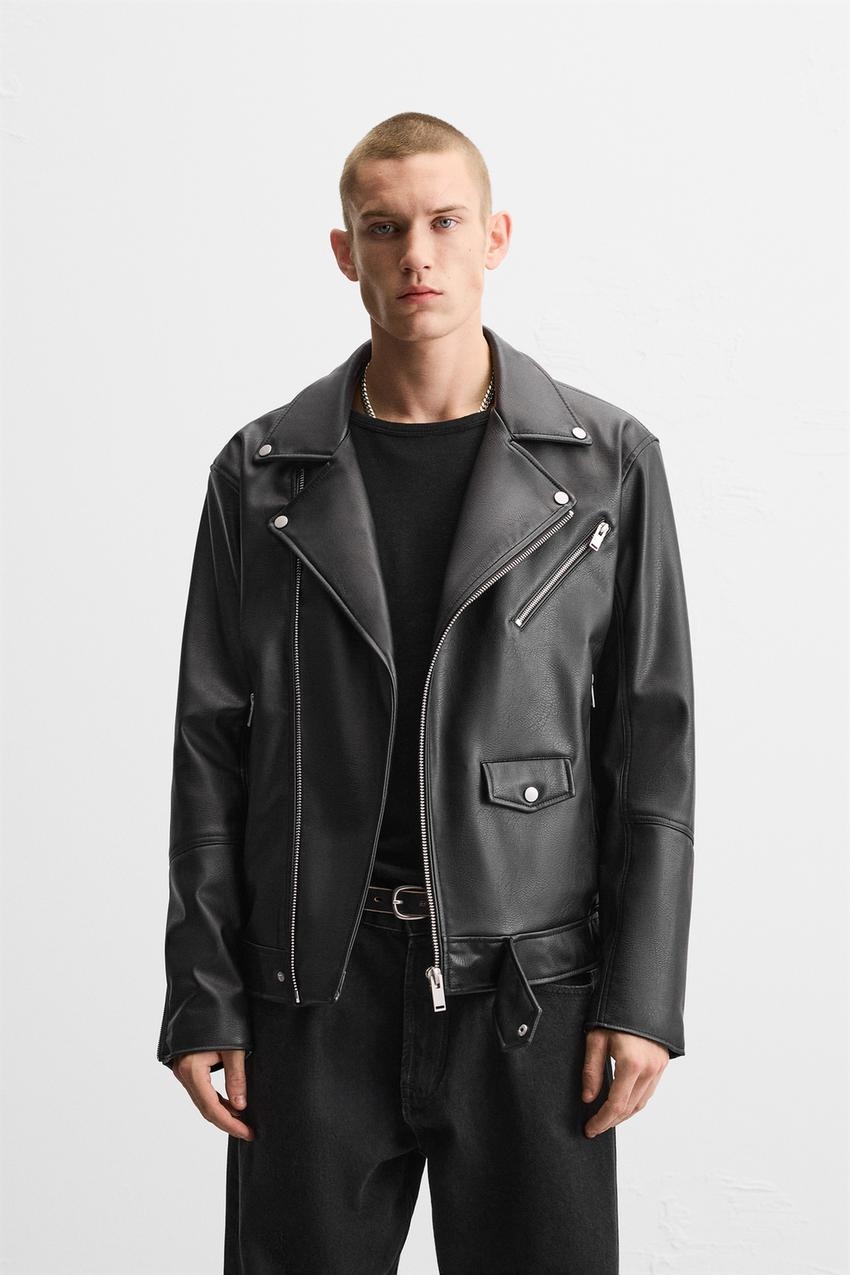
Biker jackets have long been more than just a piece of clothing for motorcyclists—they have evolved into a symbol of rebellion, freedom, and style. Originating in the mid-20th century, these iconic leather jackets have transcended their functional roots to become a mainstay in fashion, adored by various subcultures and mainstream audiences alike. Whether you’re a rider looking for durability or a fashion enthusiast seeking to make a statement, the biker jacket is a versatile piece with a rich history. In this article, we explore the allure of biker jackets, examining their evolution, cultural significance, and how they’ve shaped both functional and fashionable wardrobes.
Origins and Evolution of the Biker Jacket
The modern biker jacket, often associated with rebellious youth and rock ‘n’ roll culture, has a surprisingly utilitarian origin. The classic motorcycle jacket—first designed by Irving Schott in 1928—was made to protect motorcyclists from the wind, road rash, and other hazards while riding. Schott’s company, Schott NYC, produced the now-iconic Perfecto jacket, made from durable cowhide leather. This design featured asymmetrical zippers, a belted waist, and a snap-down collar, all of which were aimed at enhancing protection and comfort for riders.
The biker jacket quickly gained popularity in the 1950s and 1960s, partly due to its adoption by countercultures and rebellious figures. Marlon Brando’s portrayal of Johnny Strabler in the 1953 film The Wild One catapulted the jacket into mainstream awareness. His tough-guy image in the film resonated with young people at the time, and the biker jacket became a symbol of nonconformity and resistance against societal norms.
From Motorcycle Gear to Fashion Statement
While biker jackets began as a piece of functional riding gear, their status as a fashion statement became undeniable in the decades that followed. In the 1970s and 1980s, they were embraced by punk rockers, metalheads, and later, various alternative subcultures. Punk icons like The Ramones and Sid Vicious sported biker jackets as part of their anti-establishment aesthetic, solidifying the garment’s association with rebellion.
In the 1990s and 2000s, the biker jacket’s influence spread beyond niche subcultures. High-fashion designers, including Vivienne Westwood, Alexander McQueen, and Saint Laurent, began incorporating leather jackets into their collections. As these jackets became more mainstream, their styles diversified, offering everything from classic black leather to embellished versions featuring studs, embroidery, and unique cuts.
Today, biker jackets remain a staple of street fashion, worn by both men and women across a variety of industries. From high-end runways to everyday streetwear, the versatility and timeless appeal of the biker jacket have ensured its place in the global fashion lexicon.
Functionality and Practicality
Beyond their cultural significance, biker jackets continue to serve a functional purpose for motorcyclists. Modern designs prioritize both protection and comfort. The leather remains a key material, chosen for its durability, abrasion resistance, and ability to offer some level of protection in the event of an accident.
For added safety, many contemporary biker jackets feature built-in armor in the shoulders, elbows, and back. These jackets are often equipped with ventilation systems, removable liners, and weather-resistant finishes, offering greater comfort and functionality for riders across various climates and riding conditions.
However, the practical aspects of a biker jacket aren’t just limited to riding. The design elements—such as multiple pockets, sturdy zippers, and adjustable waistbands—add to the functionality of the jacket in everyday life. A biker jacket can withstand wear and tear, while also offering a rugged, fashionable look that works in a variety of settings.
Biker Jackets as Cultural Icons
The cultural significance of the biker jacket goes far beyond its function as clothing. For many, wearing a biker jacket is an act of self-expression, a way of aligning oneself with the ideals of freedom, rebellion, and individualism. The jacket has been embraced by musicians, actors, artists, and fashion designers, each imbuing it with their own personal touch and ethos.
Moreover, biker jackets have remained a symbol of empowerment and solidarity within various communities, especially among women riders who are often seen as challenging the stereotypical gender roles in the motorcycling world. Designers and brands now offer more inclusive sizes and styles for women, expanding the jacket’s cultural influence and making it accessible to a broader audience.
Conclusion: A Classic That Endures
The biker jacket, with its mix of rugged durability, functional design, and cultural symbolism, is one of the few garments that has transcended trends and generations. From its early days as protective gear for motorcyclists to its status as a fashion statement, the biker jacket has remained relevant and influential. Whether you’re wearing one for its practicality, its style, or its cultural resonance, the biker jacket remains a timeless wardrobe staple that effortlessly combines fashion with function.
As we look ahead, it’s clear that the biker jacket will continue to evolve, maintaining its iconic status while adapting to the changing tides of fashion and culture.